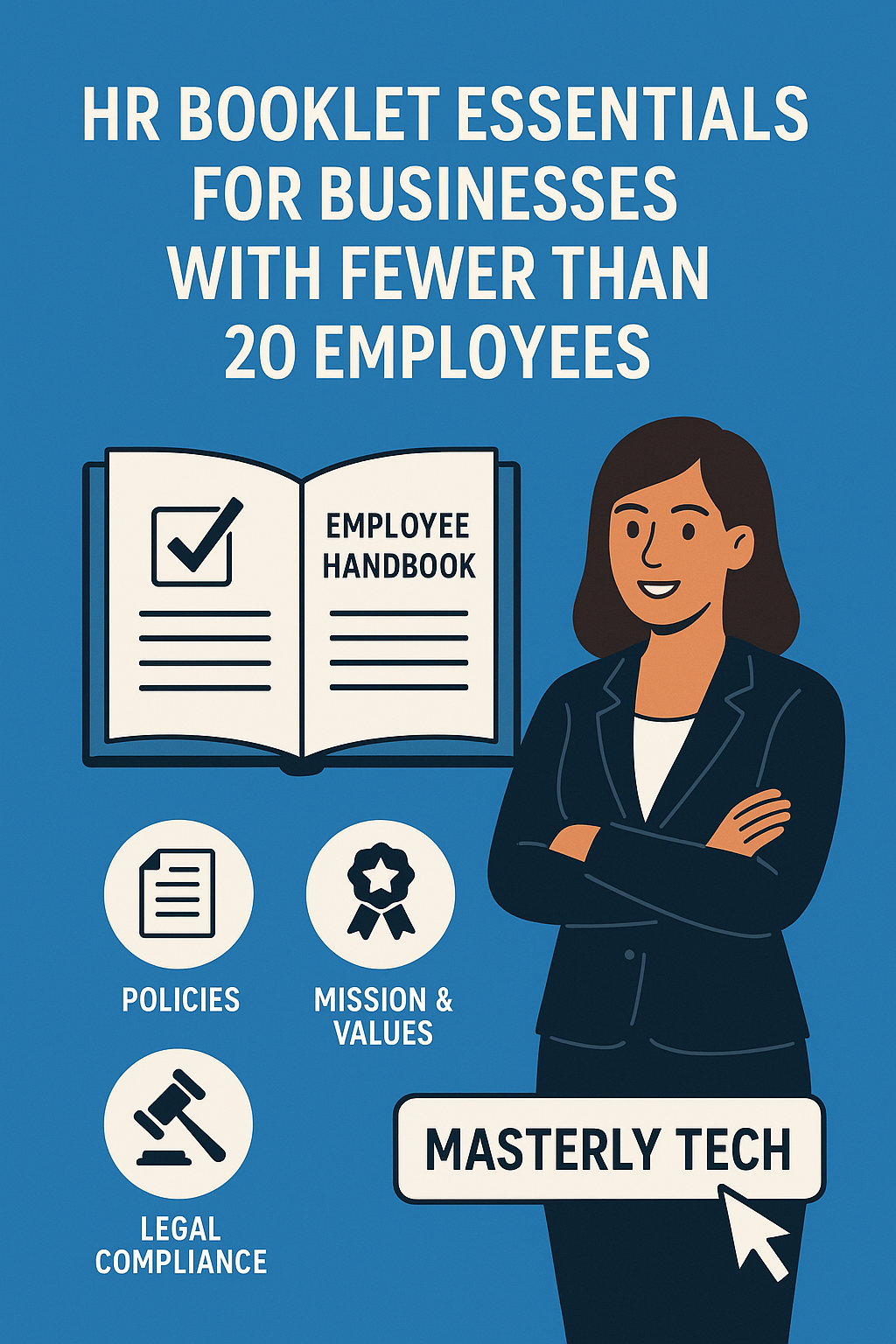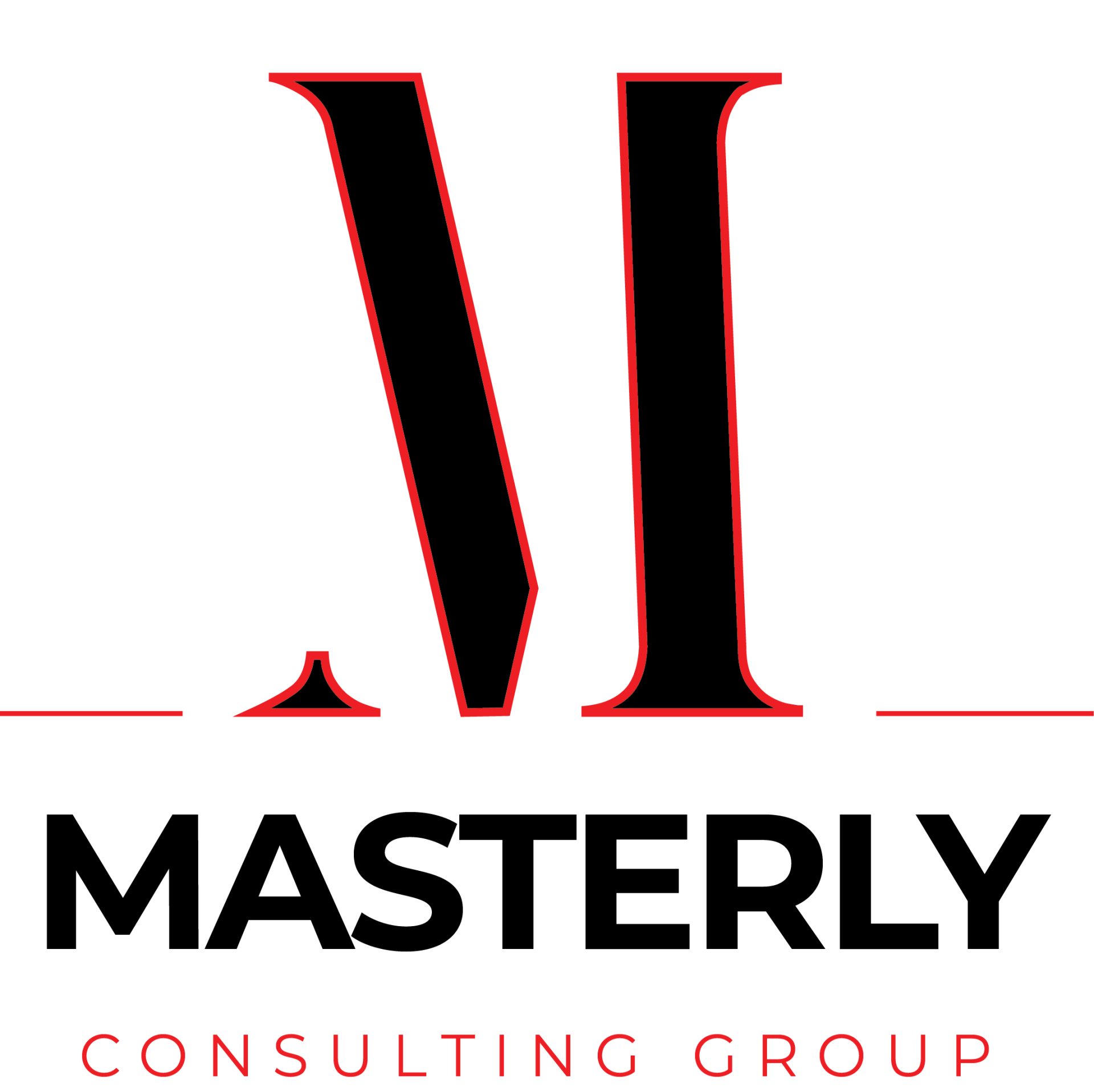HR Booklet Essentials for Businesses with Fewer Than 20 Employees
Understanding the Role of an Employee Handbook
A well-written employee handbook is a foundational tool for every business, including those with fewer than 20 employees. It communicates essential workplace policies and outlines expectations for employee behavior. Beyond compliance, it helps inform employees about their rights, responsibilities, and available resources. When used correctly, it minimizes confusion and reduces the risk of misunderstandings or legal liability. Even the smallest companies benefit from a handbook that reflects their organization’s culture and operations.
Why Small Businesses Still Need an HR Booklet
Many small businesses believe that an HR booklet is only necessary for large corporations. This misconception can lead to serious issues, including inconsistent management, lack of compliance with legal requirements, and employee dissatisfaction. The truth is, no business is too small to benefit from documented employment policies. Whether you have two or twenty team members, having a clear set of rules and procedures is a competitive advantage. It creates a solid foundation for growth, team cohesion, and improved employee engagement.
Setting the Tone with a Welcome Letter
One of the most effective ways to begin an employee handbook is with a personalized welcome letter. This introduction sets the tone by highlighting the company's mission, values, and objectives. It also helps new employees feel valued and provides context about the organization's culture and goals. A clear, warm welcome letter supports team alignment and reinforces your brand identity.
Outlining Your Company's Mission and Values
Small business owners must take the time to clearly define the company’s mission and values within the handbook. These guiding principles act as a roadmap for decision-making and help align the team around shared goals. By clearly stating what your business stands for, you create a sense of purpose that strengthens employee loyalty and informs daily operations.
Communicating Workplace Policies with Clarity
Workplace policies are the heart of any employee manual. These policies help employees understand what is expected of them and guide managers in maintaining consistency. Topics like attendance, remote work, confidentiality, and performance expectations should be addressed. When policies are communicated clearly, employees can better manage their responsibilities and feel confident in their roles.
Addressing Legal Requirements and Compliance
Even businesses with fewer than 20 employees must comply with local, state, and federal laws. Including legally compliant policies in your handbook reduces your exposure to legal liability. Policies around anti-discrimination, employee rights, workplace safety, and harassment prevention are not optional. Staying up to date with the latest federal regulations ensures your handbook reflects best practices and keeps your business protected.
Including Anti-Discrimination and Harassment Policies
Your employee handbook should contain clear anti-discrimination policies that reflect both federal standards and company values. These sections should detail your zero-tolerance stance on harassment, discrimination, and retaliation. Providing procedures for reporting and addressing complaints ensures all employees feel safe and respected. This fosters a positive workplace culture and helps protect your organization from serious legal consequences.
Establishing a Dress Code That Fits Your Culture
Dress code policies vary depending on the industry and company culture. Whether your environment is business casual, uniform-based, or flexible, your employee handbook should clearly state dress code expectations. This prevents confusion and ensures all team members present themselves in a way that aligns with your brand image. For businesses with customer-facing roles, this section is especially important.
Clarifying Time Off and Paid Leave Policies
Paid time off is often a sensitive topic among employees. Your HR booklet should include straightforward guidelines around vacation, sick leave, holidays, and any additional paid time policies. Clear communication helps employees plan appropriately and prevents issues between team members or managers. This section should also inform employees about any federal or state leave requirements that apply to your business.
Defining Employee Status and Work Arrangements
It’s important to outline the differences between full-time, part-time employees, and contractors in your handbook. This ensures everyone understands their classification, eligibility for benefits, and job expectations. Clearly defining these roles helps you stay in compliance and avoid misclassification issues that could lead to costly penalties.
Creating a Legally Compliant Disciplinary Policy
Your disciplinary policy must be clear, fair, and legally compliant. Define what constitutes misconduct, the steps in your disciplinary process, and the actions that may follow repeated violations. This gives managers guidance on how to conduct corrective conversations and helps employees understand what to expect. A transparent policy builds trust and shows your commitment to fairness.
Empowering Managers with Clear Procedures
Managers in small businesses often wear multiple hats, making structure and consistency essential. Your employee manual should provide tools and procedures to help managers lead effectively. From handling employee complaints to evaluating performance, providing guidance reduces stress and helps managers act with confidence.
Covering Technology Use and Digital Innovations
As digital innovations become more integrated into business operations, your employee handbook should address acceptable use of technology. Outline expectations around email, internet use, company devices, and cybersecurity. These practices safeguard your business data and help employees understand how to conduct themselves online.
Emphasizing the Importance of Workplace Safety
Workplace safety applies to all businesses, regardless of size. Include your safety protocols and employee responsibilities in this section of the handbook. Clear safety guidelines demonstrate your commitment to employee wellbeing and ensure compliance with regulatory agencies. Even basic measures can make a big difference in reducing risk.
Including Examples to Make Your Handbook More Practical
Providing employee handbook examples throughout your document helps employees visualize how policies apply in real situations. Whether it’s a sample time-off request or a disciplinary process chart, practical tools help demystify HR language. These examples turn policies into usable resources rather than abstract rules.
Encouraging Employee Acknowledgment and Understanding
To ensure employees understand the contents of the handbook, include an acknowledgment form. This signed form indicates they’ve read and accepted the workplace policies. It also offers employers an added layer of legal protection. Encourage employees to ask questions and revisit the handbook as needed.
Updating Your Handbook to Reflect Growth and Change
Your employee handbook isn’t a one-and-done document. As your business evolves, your policies and procedures should evolve too. Regular updates keep the handbook relevant, reflect new legal requirements, and support changing team dynamics. A handbook that’s up to date is a powerful management tool that grows with your business.
Making Your Handbook Accessible to the Team
Accessibility is key to a successful employee handbook. Whether digital or printed, the handbook should be easily available to all employees. Consider hosting a digital version in a secure, cloud-based folder and providing printed copies during onboarding. Easy access reinforces the handbook’s importance and promotes consistent use.

Empowering Employees Through Clear Communication
A handbook is more than a compliance tool—it’s a resource that empowers employees. When employees understand their rights, benefits, and responsibilities, they feel more secure and engaged. Clear policies reduce friction, create fairness, and support a positive company culture.
How Business Consultants Help You Get It Right
Writing a legally sound and effective handbook can be challenging without support. That’s where experienced business consultants come in. At Masterly Consulting Group, our team works closely with small business owners to create customized employee handbooks tailored to your needs. We ensure your policies are both practical and compliant, helping you avoid risk while supporting your team.
Partnering with Experts for Long-Term Success
Creating your HR booklet with guidance from business consultants not only saves time, it ensures you're protected from potential legal challenges. With our help, you can easily create a handbook that reflects your company's values, culture, and operational needs. Our services give you confidence that your handbook is a reliable tool for managing your team.
Leveraging Business Consulting Expertise to Strengthen Your HR Booklet
When it comes to creating an effective HR booklet, many small businesses benefit from business consulting services that offer specialized strategies and industry-specific expertise. Your handbook should clearly outline your company’s code of conduct, onboarding expectations for new hires, and how your team adapts to emerging technologies—all of which help align the company’s employees with your long-term goals. Unlike other businesses that struggle with outdated or unclear policies, you can position your company for success by working with consultants who understand what today’s clients and employees expect. Masterly Consulting Group provides the tools and insight to ensure your HR documentation isn’t just compliant, but truly reflective of your values and workplace culture.
Contact Masterly Consulting Group Today
If you’re a small business owner with fewer than 20 employees, now is the time to protect your company with a well-crafted HR booklet. At Masterly Consulting Group, we help you develop a custom, legally compliant employee handbook that supports your business operations and promotes a positive workplace.
Contact us at (888) 209-4055 to book a free consultation. Let us help you put the right policies in place to protect your team, your business, and your future.








